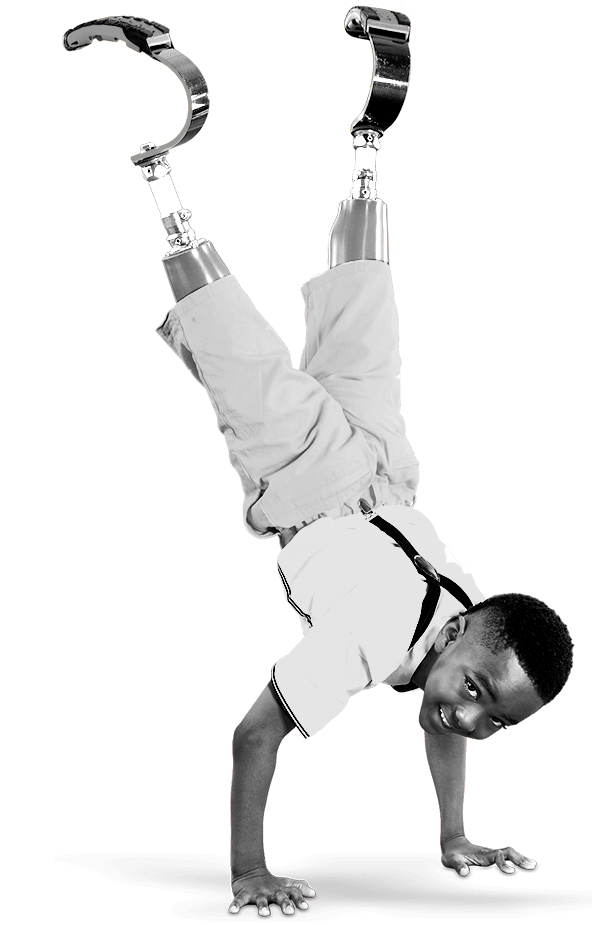
Jun 11, 2018 / Scoliosis & Spine
#SRHaccess Facebook LIVE Recap: Surgery and Adolescent Idiopathic Scoliosis (AIS)
In honor of Scoliosis Awareness Month, Medical Director of Ambulatory Care Brandon A. Ramo, M.D. joined us on Facebook live to discuss surgery and adolescent idiopathic scoliosis (AIS). Below is a recap of the conversation.
Watch the live segment.
What is adolescent idiopathic scoliosis (AIS)?
It is the most common type of scoliosis seen in adolescents between the ages of 10-14 years of age.
Idiopathic means the cause is unknown.
What makes AIS different from other types of scoliosis?
In comparison to congenital scoliosis, where the child is born with vertebrae that are not fully developed, the vertebrae of an adolescent diagnosed with AIS is shaped normally. The vertebrae begin to twist without a known cause, which results a curve in the back.
What are the warning signs of AIS?
Watch the live segment.
What is adolescent idiopathic scoliosis (AIS)?
It is the most common type of scoliosis seen in adolescents between the ages of 10-14 years of age.
Idiopathic means the cause is unknown.
What makes AIS different from other types of scoliosis?
In comparison to congenital scoliosis, where the child is born with vertebrae that are not fully developed, the vertebrae of an adolescent diagnosed with AIS is shaped normally. The vertebrae begin to twist without a known cause, which results a curve in the back.
What are the warning signs of AIS?
- Difficult to catch at adolescence because there are subtle changes in the shape of the body.
- During the adolescent years, schools and pediatricians normally screen for scoliosis yearly.
- An adolescent’s shoulder being higher than the other is a possible indicator of AIS.
- Not many symptoms connected to AIS as patients do not normally complain of pain.
- The size of the scoliosis curve.
- The amount of growth still remaining for the adolescent.
- If the curve exceeds 50 degrees and the patient is still growing, it will more likely continue to get bigger into adulthood. Over 50 degrees, the discussion of surgery as a form of treatment begins with the patient and their family.
- Surgery for AIS is an elective choice because the condition is not life threatening.
- The level of activity also plays a role on if and/or when surgery is needed.
- The decision to have surgery is made by the patient, family and doctor depending on the situation.
- The parents and patient need to understand the risks and benefits of the procedure.
- The decision is based off of what is best for the child and their quality of life.
- It is the physician’s goal to perform the surgery on a young, healthy person to prevent problems later in life.
- Patients are recovering faster.
- Three to five hours surgery time
- After surgery, patients are usually in the hospital for three to four days.
- On average, the patient has three to four weeks of discomfort or soreness after the procedure.
- Depending on the patient and procedure, expect three to four months before returning to full activity level.
- Patients are healing faster after surgery. It has been shown that the quicker they are up and moving, the quicker they heal.
- Patients are sitting up in a chair hours after surgery.
- Day after surgery, the nurse has the patient up and walking.
- The follow-up process once the patient is discharged from the hospital is dependent on the adolescent, type of surgery and physician’s opinion.
- Going on walks, sitting at the table for meals and not just lying in bed is recommended to help with recovery.
- Two-week check-up: the patient is usually still sore
- After the initial recovery, patients come back for annual visits.
- Once the patient is five years out from surgery, they are usually into adulthood. Our team works with the patient to help them find an adult spine doctor if they are to ever need one in the future.



